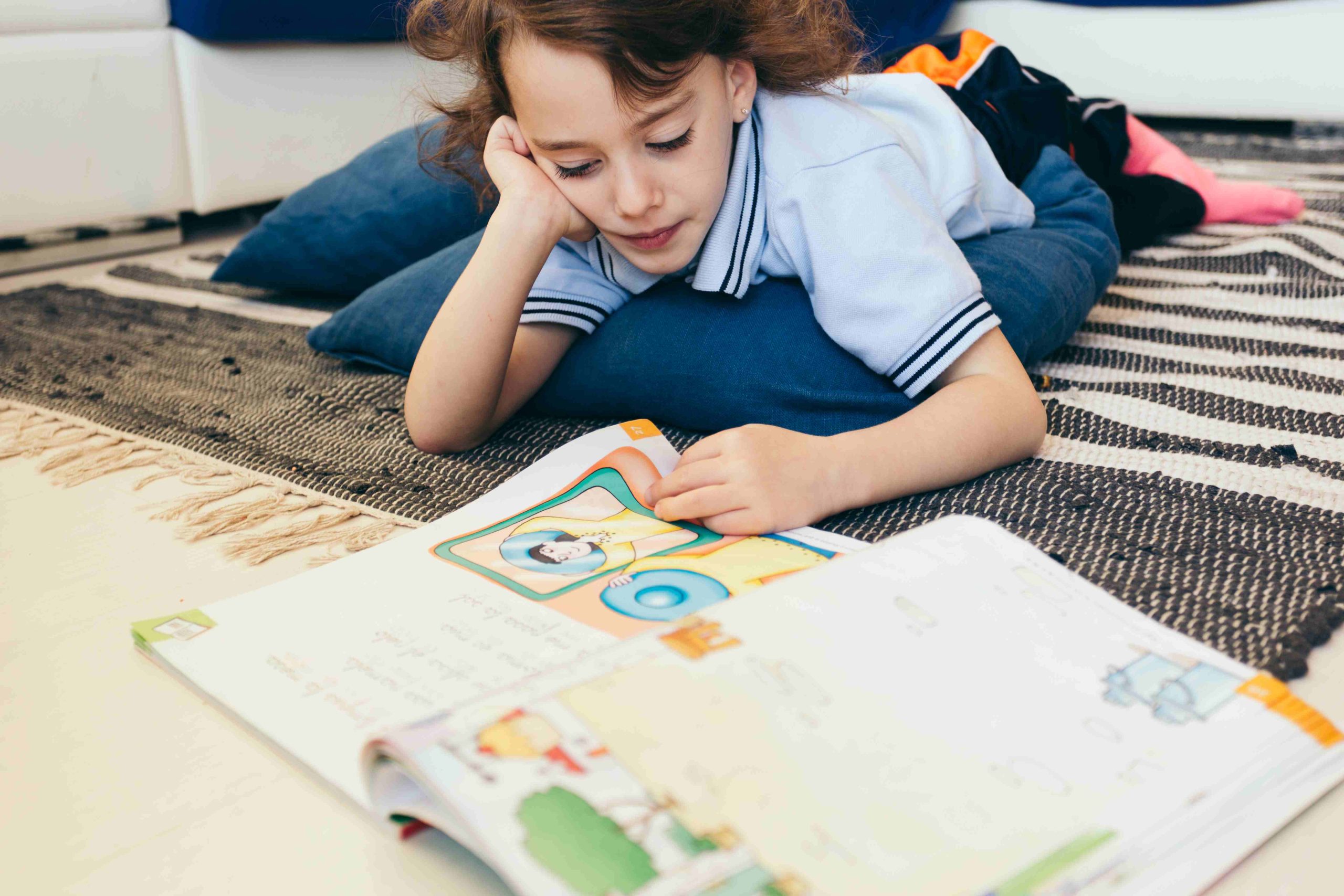
What Are Examples of Phonics? Exploring the Role of Memory Load in Phonics Instruction
Phonics serves as a fundamental component of literacy instruction, aiding preschoolers in understanding the relationship between letters and sounds. It involves teaching preschoolers to break words down into individual sounds, or phonemes, and then blend those sounds together to form words. However, there exist various types of phonics instruction, some proving more effective than others. In this article, we delve into the concept of memory load in phonics instruction and offer examples of phonics-based activities to aid preschoolers in learning to read and spell.
Introduction to Phonics
Phonics is pivotal in teaching preschoolers the association between letters and sounds, aiding them in decoding words. It involves breaking words down into individual phonemes and blending them together. However, various methods of phonics instruction exist, with differing effectiveness. In this article, we explore the concept of memory load in phonics instruction and provide examples of phonics-based activities to facilitate preschoolers in acquiring reading and spelling skills.
Understanding Memory Load in Phonics Instruction
Memory load refers to the amount of information a child must hold in their working memory. Working memory, responsible for temporarily storing and manipulating information, plays a crucial role in reading and spelling acquisition. As preschoolers learn to read and spell, they must retain a significant amount of information, such as the sounds associated with different letters, phonics rules, and word meanings.
To alleviate memory load in phonics instruction, employing a multisensory approach proves beneficial. This approach engages multiple senses—sight, sound, touch, and movement—facilitating easier learning and retention of phonics skills by providing various pathways for information processing.
Examples of Phonics-Based Activities
Various phonics-based activities exist to aid preschoolers in learning to read and spell. Below are examples of activities designed to reduce memory load through a multisensory approach:
1. Sandpaper Letters
Sandpaper letters, commonly used in Montessori-based literacy instruction, comprise letters cut out of sandpaper mounted on wooden tiles. The rough texture of the sandpaper provides tactile feedback, aiding preschoolers in associating letter shapes with their corresponding sounds.
2. Sound Boxes
Sound boxes involve using small objects to represent individual phonemes. Preschoolers place objects in boxes labeled with the corresponding letter sounds, aiding in phoneme segmentation—the ability to break words into individual sounds.
3. Rhyming Bingo
Rhyming bingo is a fun game that fosters phonological awareness. Preschoolers listen to words and mark pictures that rhyme on a bingo card, enhancing their ability to identify similar sounds in words.
4. Word Hunts
Word hunts involve finding specific words in texts, aiding in the recognition of common phonics patterns and enhancing phonics skills.
5. Phonics Songs
Phonics songs employ catchy tunes and rhymes to aid preschoolers in remembering letter sounds and phonemes.
Blending and Segmenting
Blending involves combining individual sounds to form words, while segmenting entails breaking words into individual sounds. Practicing blending and segmenting is vital for developing reading fluency and spelling abilities.
Types of Phonics Skills and Memory Load
Different phonics skills require varying memory loads. While letter-sound relationships have a relatively low memory load, skills such as blending, segmenting, digraphs, blends, and sight words impose higher memory loads.
Phoneme Segmentation, Blending, and Manipulation
Phoneme segmentation, blending, and manipulation are crucial phonics skills aiding preschoolers in decoding words and developing spelling abilities. Activities and games utilizing visual aids and interactive methods can support the acquisition of these skills.
Irregular Words
Irregular words, not decodable using phonics rules alone, require memorization by sight. Although phonics skills are essential, memorizing irregular words is equally crucial for reading fluency.
Phonics instruction plays a pivotal role in nurturing preschoolers’ literacy skills. Understanding the memory load associated with different phonics skills can aid educators and parents in selecting appropriate activities and supporting preschoolers in acquiring these essential skills. Through a multisensory approach and engaging activities, preschoolers can effectively learn phonics and become proficient readers.


